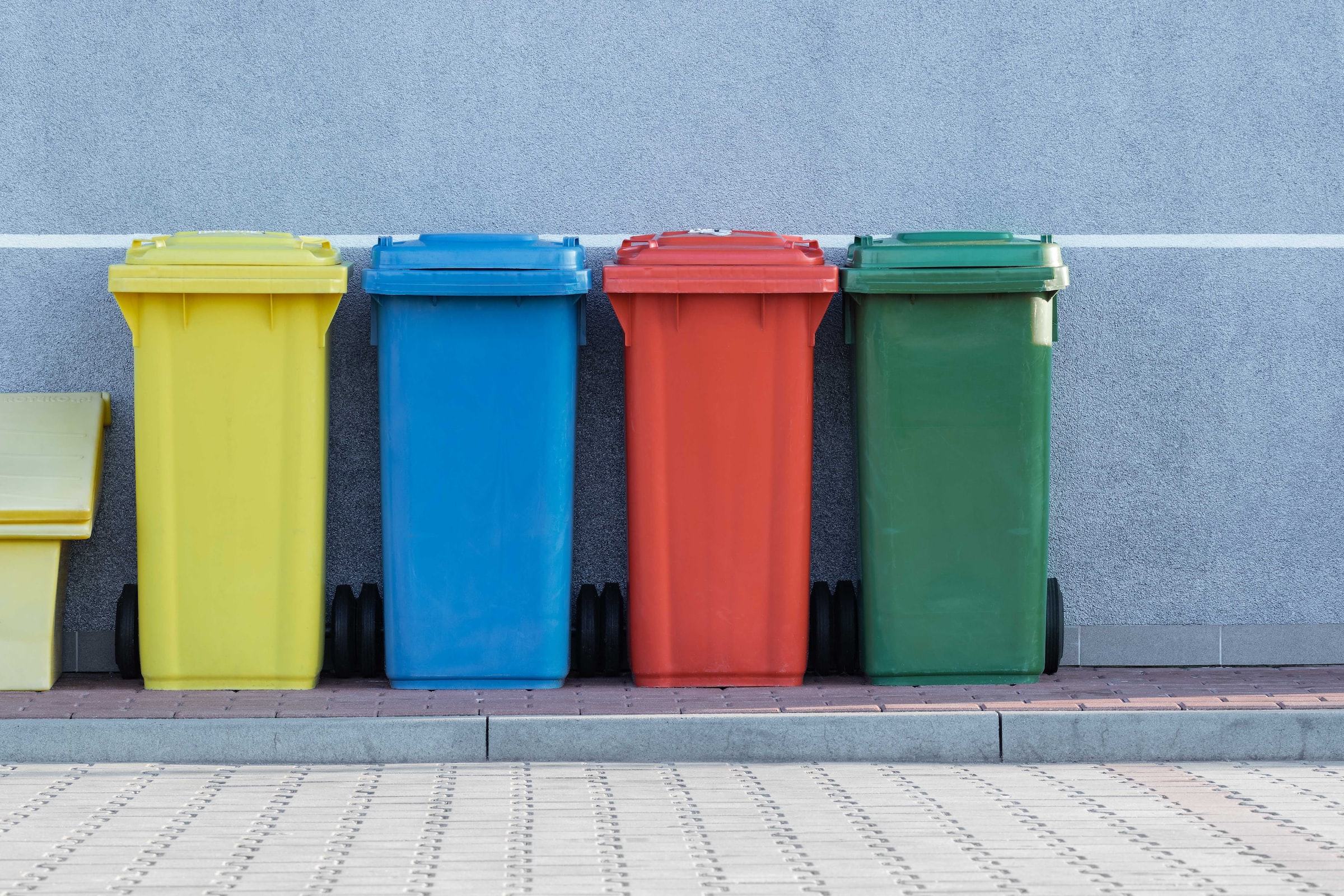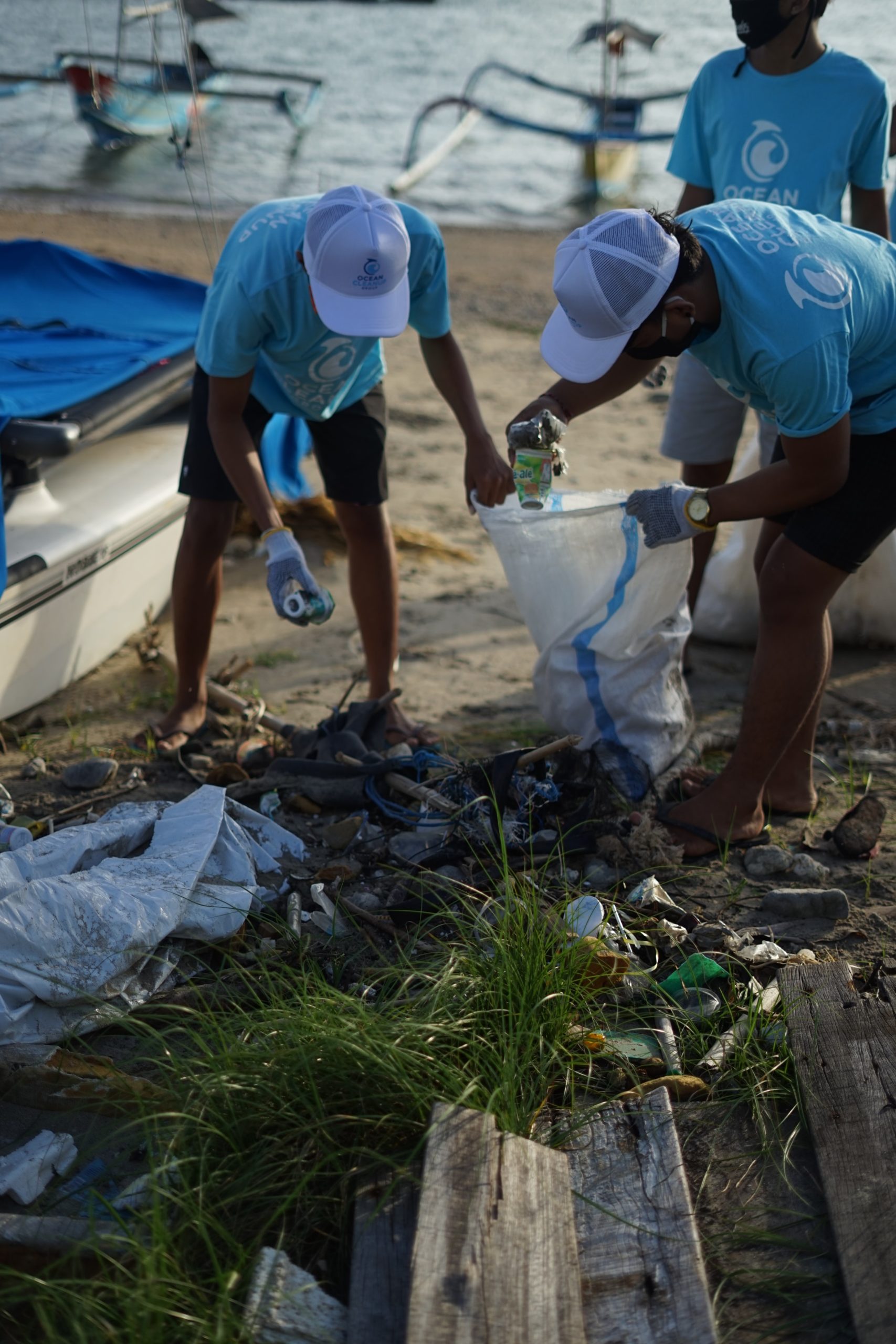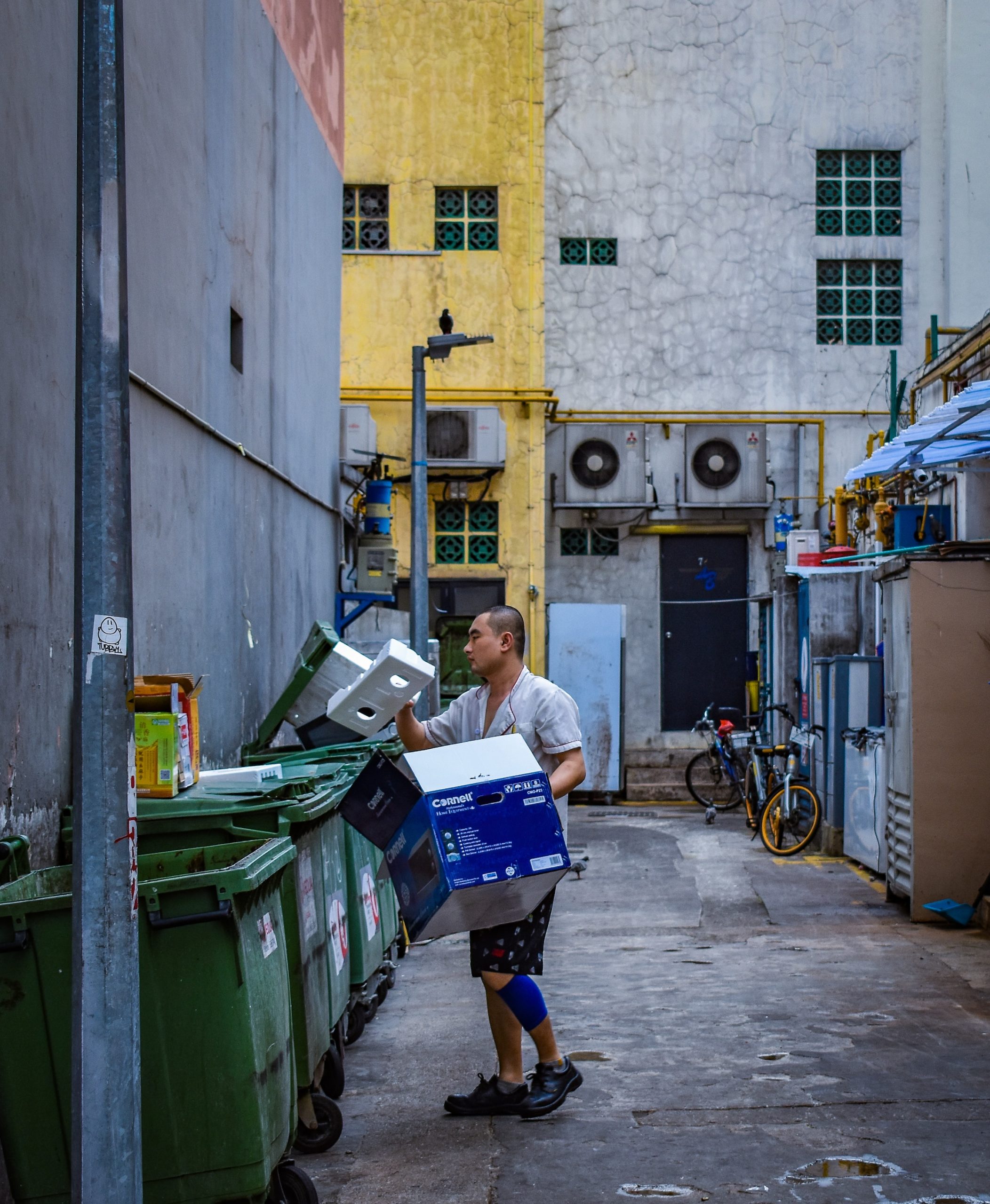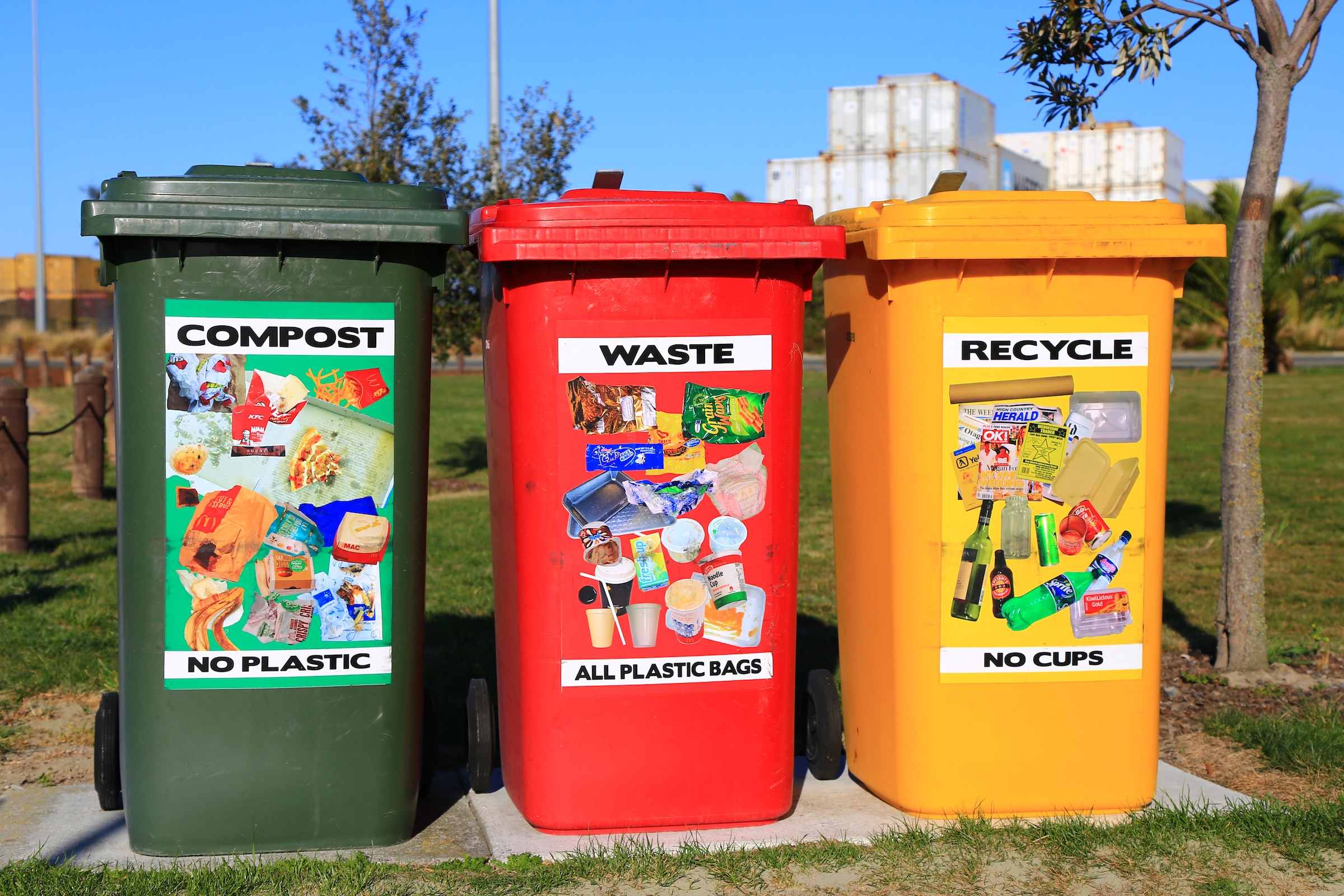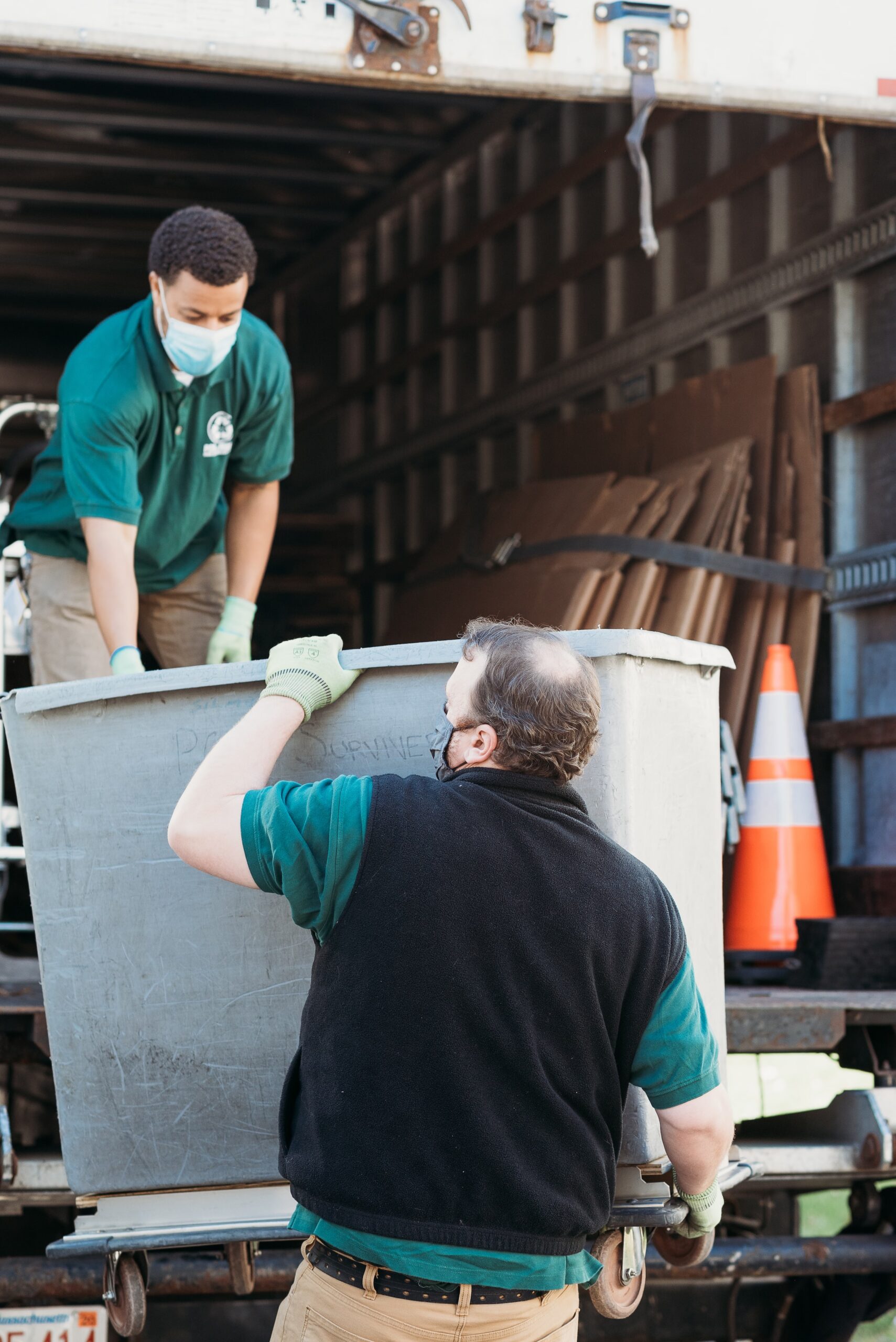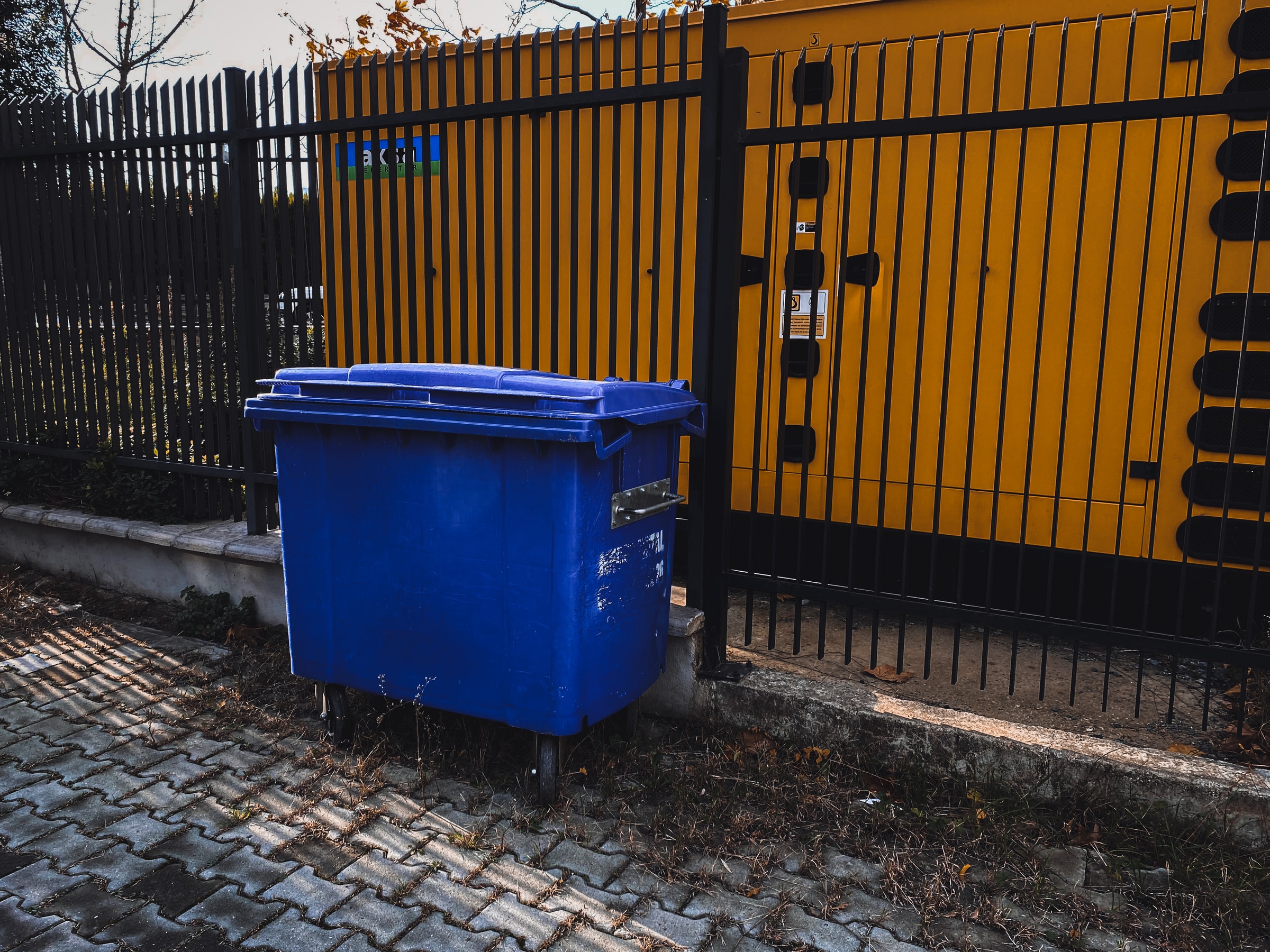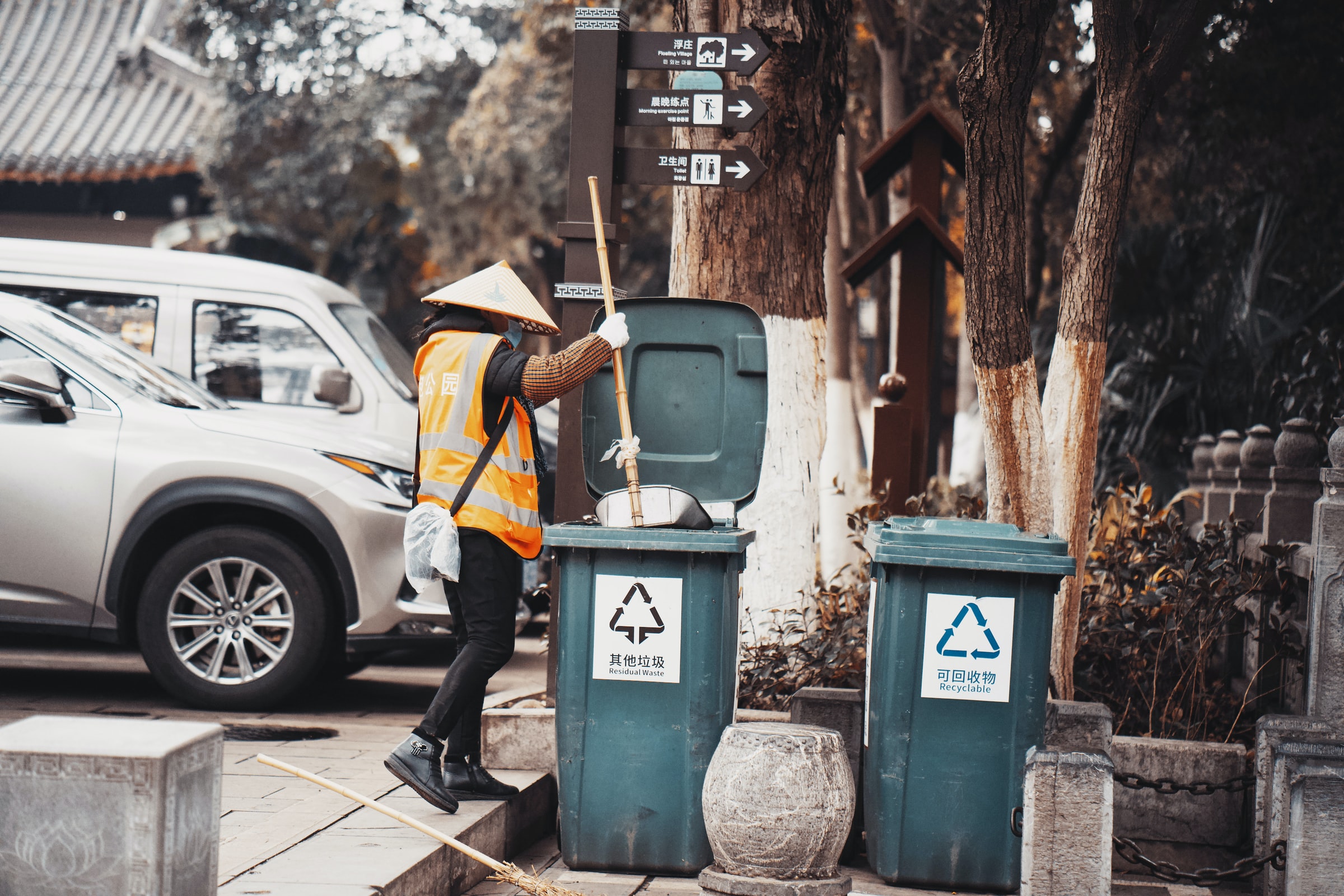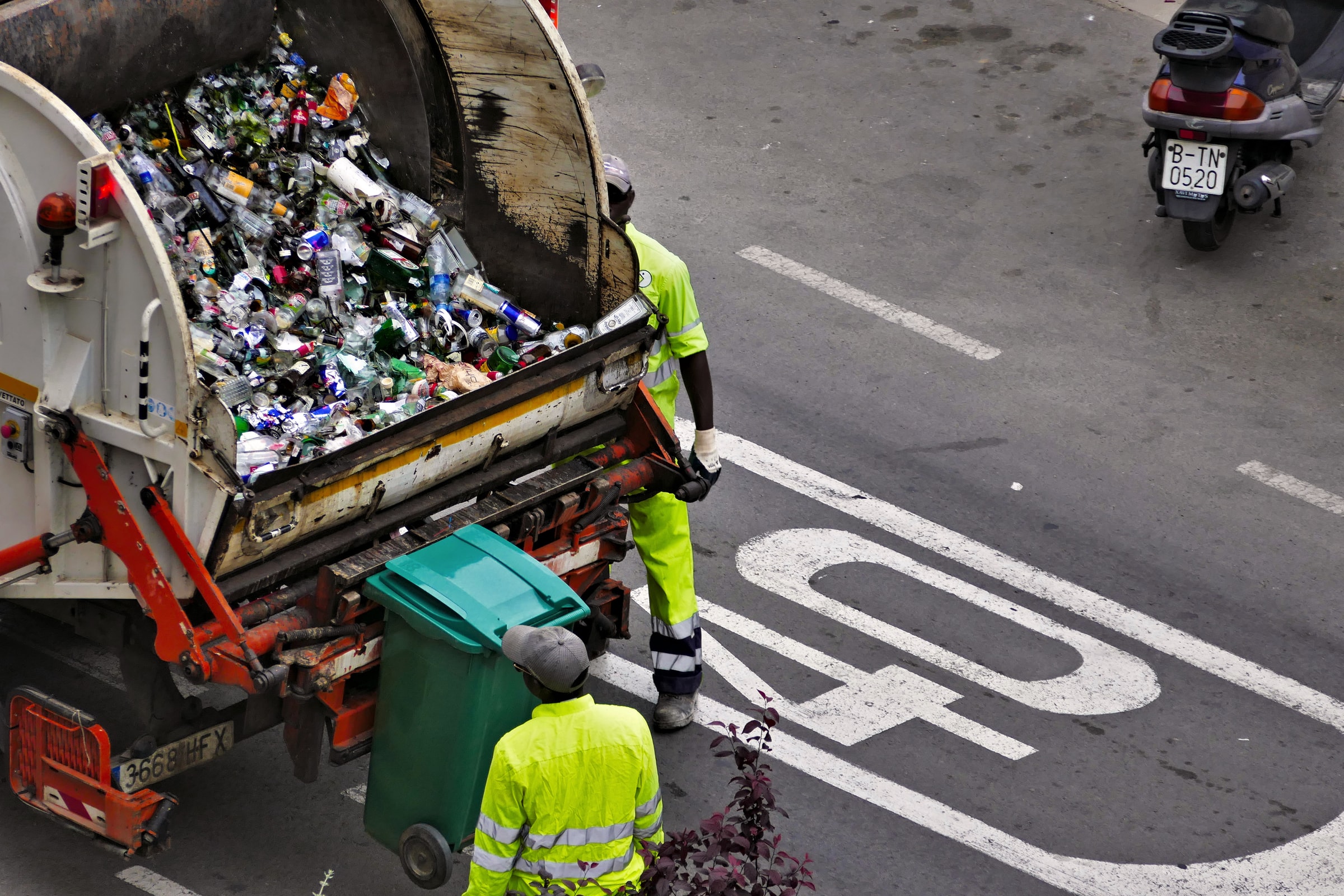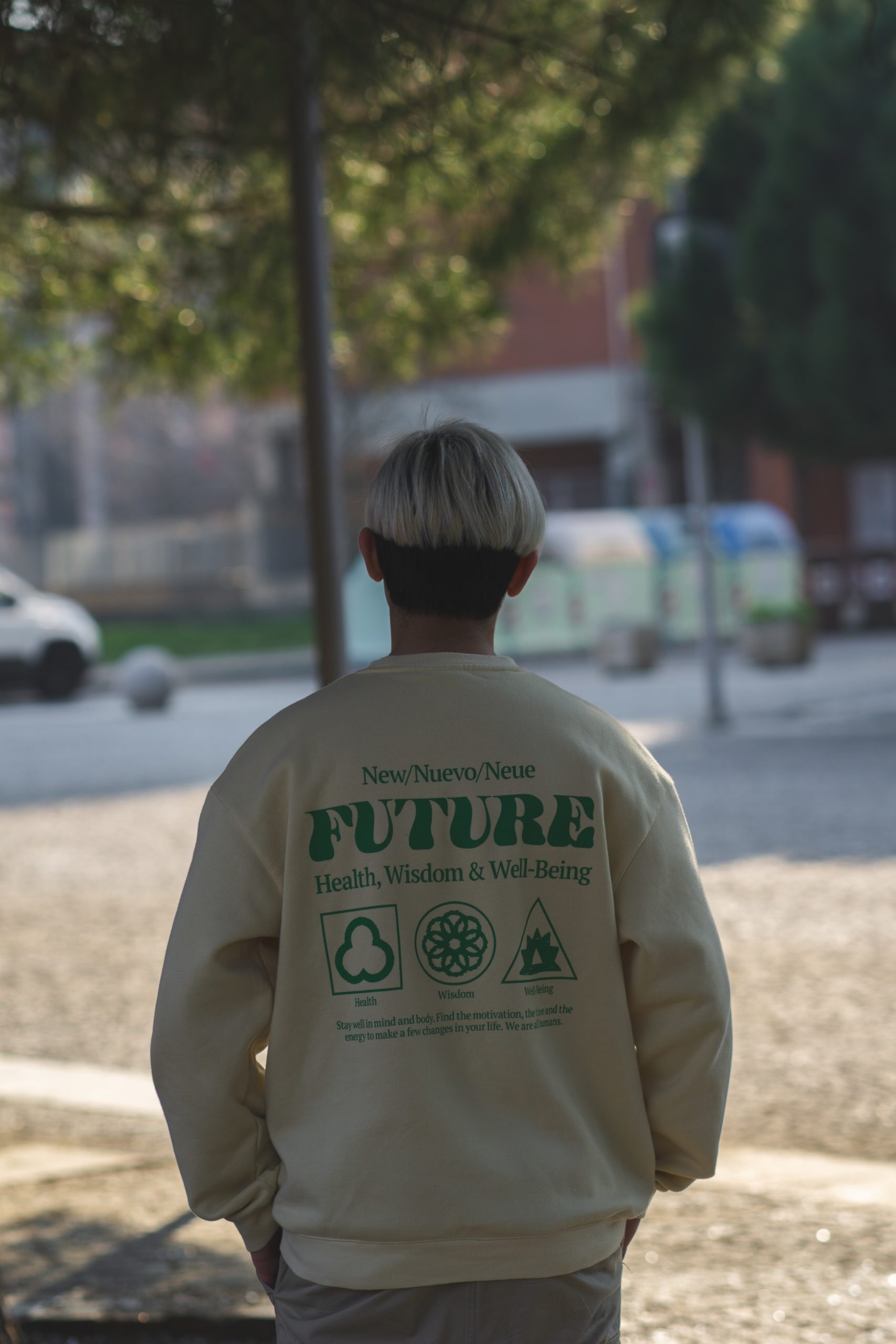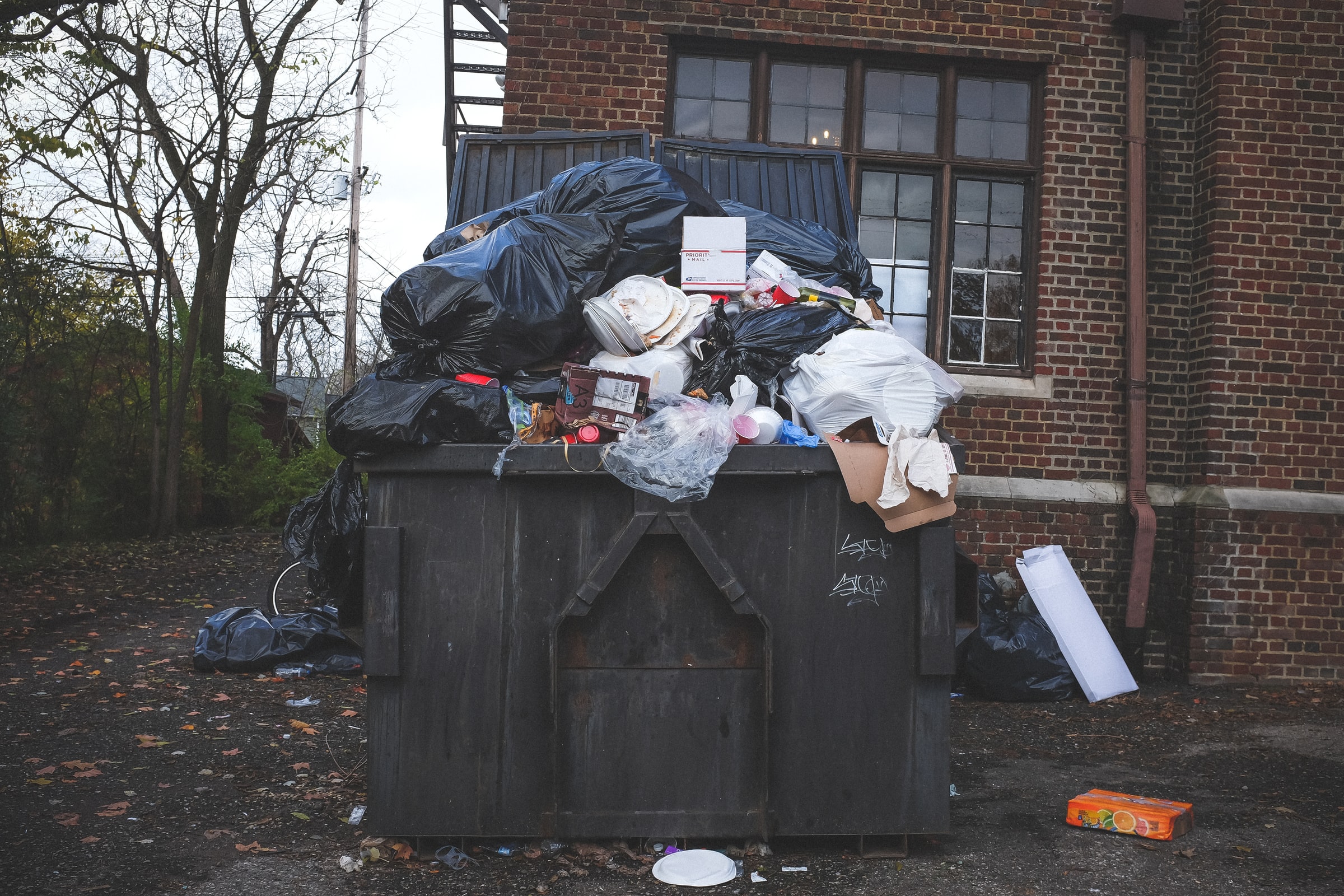The automotive industry has played a significant role in the global economy and has been instrumental in shaping the modern world. However, the industry has also been a major contributor to environmental issues such as air pollution, water pollution, and climate change. In recent years, there has been an increasing awareness of the importance of sustainability, and the automotive industry has been working to develop more sustainable practices. This article will explore the current state of sustainability in the automotive industry, the challenges the industry faces, and the efforts being made to create a more sustainable future.
Sustainability in the Automotive Industry:
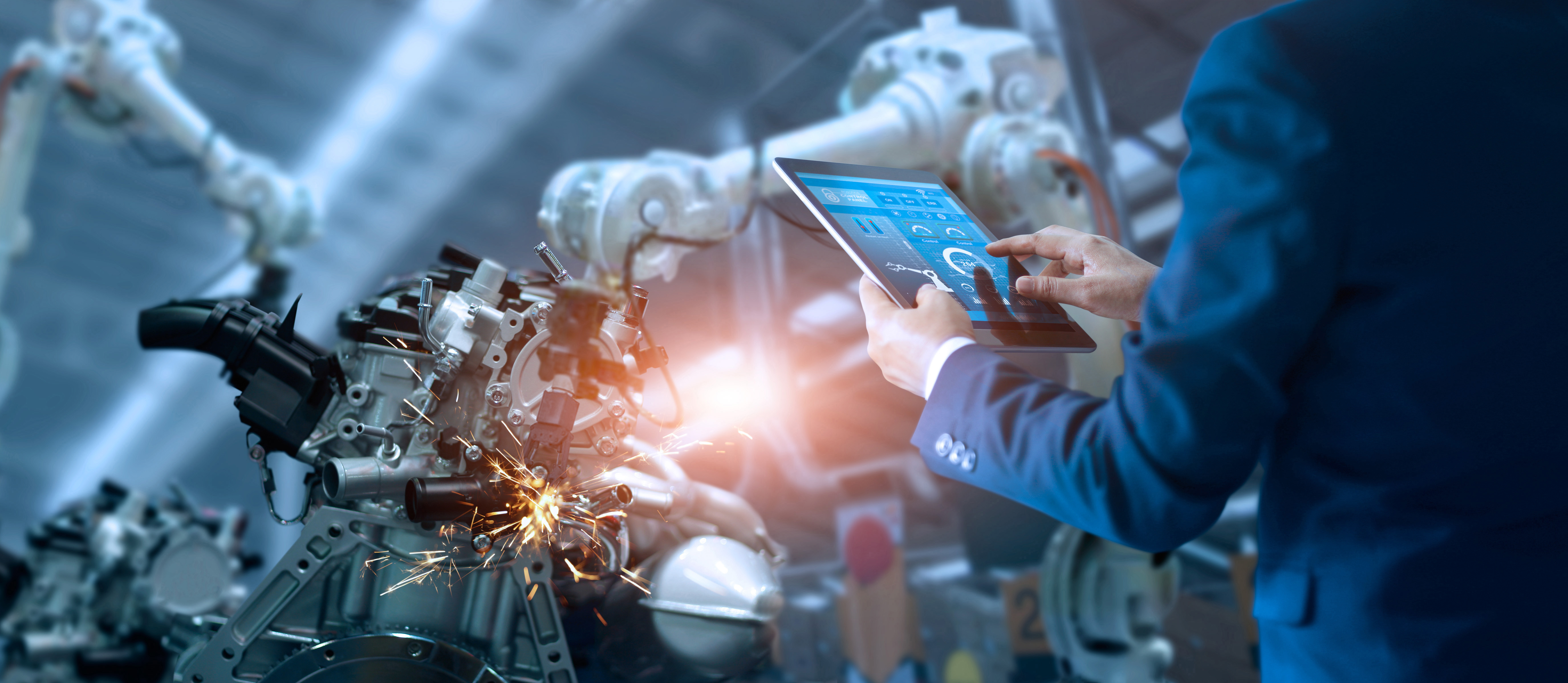 The theory and application of sustainability in the automotive industry involves a focus on reducing the negative impact of the industry on the environment, while still maintaining the industry’s economic viability. This involves a range of initiatives aimed at reducing waste, emissions, and resource consumption.
The theory and application of sustainability in the automotive industry involves a focus on reducing the negative impact of the industry on the environment, while still maintaining the industry’s economic viability. This involves a range of initiatives aimed at reducing waste, emissions, and resource consumption.
One of the most significant challenges facing the automotive industry is reducing the carbon footprint of vehicles. This involves reducing emissions of greenhouse gases such as carbon dioxide, which are responsible for climate change. The industry has responded to this challenge by developing more fuel-efficient vehicles, including hybrid and electric cars, which emit significantly less carbon dioxide than traditional gasoline-powered vehicles. In addition, the industry has been investing in research and development of alternative fuels, such as hydrogen and biofuels, which have the potential to reduce emissions further.
Another important aspect of sustainability in the automotive industry is reducing waste and improving the recycling of materials. The industry has been working to reduce waste through the use of more sustainable production processes, such as the use of recycled materials and the reduction of packaging. In addition, the industry has been developing more efficient recycling processes to reduce the amount of waste generated.
Challenges Facing the Automotive Industry:
Despite the efforts being made to create a more sustainable automotive industry, there are several challenges that the industry still faces. One of the primary challenges is the high cost of developing and implementing new sustainable technologies. Developing new fuel-efficient engines and hybrid or electric vehicles requires significant investment in research and development, which can be a challenge for smaller automotive companies. In addition, consumers may be unwilling to pay higher prices for sustainable vehicles, which can limit the market for these products.
Another challenge facing the automotive industry is the need for more sustainable infrastructure. For example, the development of electric vehicles requires significant investment in charging infrastructure, which can be a barrier to adoption. In addition, the availability of sustainable fuels such as hydrogen and biofuels is currently limited, which can make it difficult to transition to these alternative fuels.
Efforts Being Made to Create a More Sustainable Future:
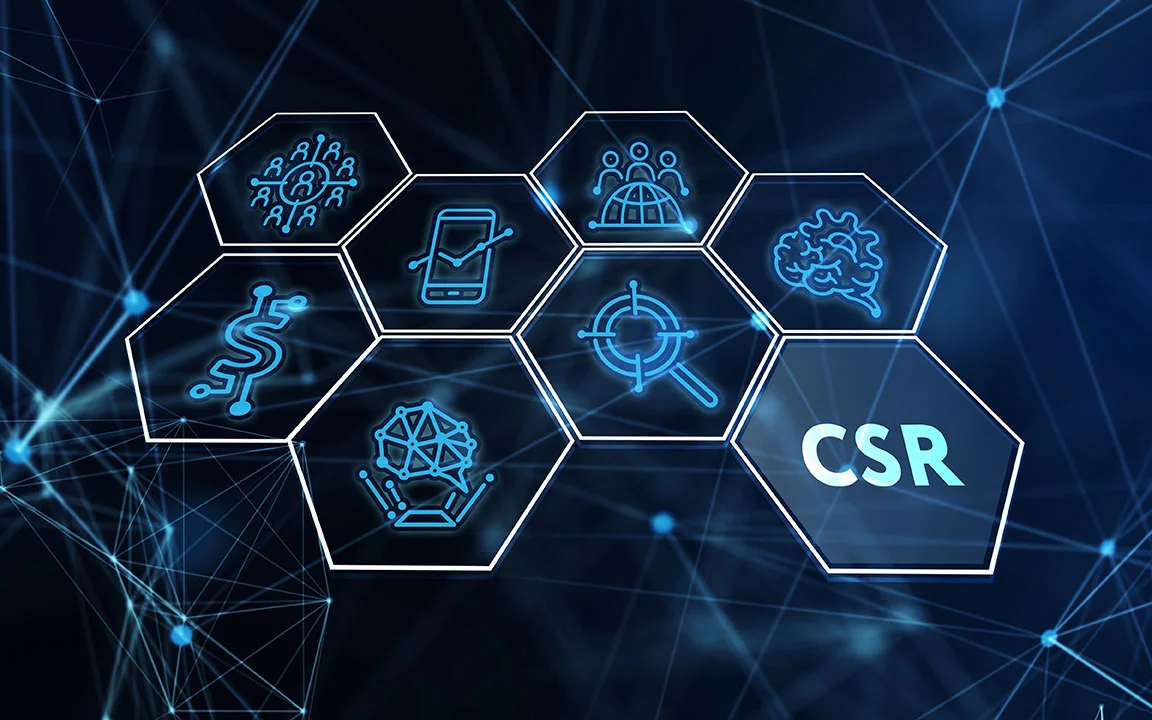 Despite the challenges facing the automotive industry, there are many efforts being made to create a more sustainable future. These efforts include government regulations, industry initiatives, and consumer demand.
Despite the challenges facing the automotive industry, there are many efforts being made to create a more sustainable future. These efforts include government regulations, industry initiatives, and consumer demand.
Governments around the world have been applying regulations aimed at reducing the carbon footprint of vehicles. For example, many countries have introduced fuel efficiency standards, which require automakers to meet certain emissions targets. In addition, some governments have introduced tax incentives and subsidies to encourage consumers to purchase sustainable vehicles.
The automotive industry has also been taking steps to create a more sustainable future. Many automakers have set ambitious goals to reduce their carbon footprint and improve the sustainability of their production processes. In addition, many industry organizations have been established to promote sustainability and share best practices.
Finally, consumer demand has been a driving force behind the push for a more sustainable automotive industry. Many consumers are now more aware of the environmental impact of their vehicles and are willing to pay more for sustainable options. This has led to a rise in the demand for hybrid and electric vehicles, as well as sustainable fuel options.
In conclusion, sustainability is a crucial consideration for the automotive industry as it seeks to balance economic growth with environmental preservation. As the demand for electric and hybrid vehicles continues to rise, automakers are increasingly adopting sustainable practices in their manufacturing and supply chain operations. The integration of renewable energy sources, use of eco-friendly materials, and the implementation of circular economy principles are some of the strategies being employed to achieve sustainability goals.

